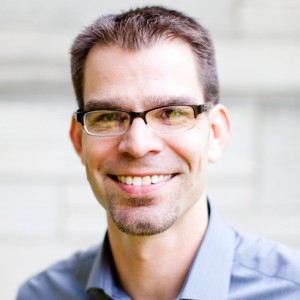 Executive Director of ServLife International, Adam Nevins, recounts his first hand experience of unrest and violence that followed the shooting of an Indian protester at the India-Nepal border in Birgunj on November 2, 2015:
Executive Director of ServLife International, Adam Nevins, recounts his first hand experience of unrest and violence that followed the shooting of an Indian protester at the India-Nepal border in Birgunj on November 2, 2015:
A small team of ServLife staff and I traveled to Birgunj, Nepal in an attempt to visit ServLife’s India children’s home and pastor training center just across the border in Raxaul, Bihar, India. We had been waiting for 24 hours after arriving, due to Bihar elections closing the border. On former trips to Raxaul the half-mile strip of dusty road that bridges a muddy stream into India was always full of hectic motion. It was a jumble of tankers, trucks, bicycles, and rickshaws rumbling around. Sunday, however, nothing was moving. We stayed in Birgunj that night, in hopes the border would reopen soon.
The next morning we made our way to the edge of the border crossing. Sunday night after the elections, protesters had gathered and camped out on the border-crossing road. Monday morning this led to an altercation with the police. After being pelted by stones by protestors, the police retaliated by firing bullets and teargas shells into the rioting mob. One Indian man was killed and many more sustained severe injuries.
By the time we arrived at the border the mob had grown and before noon it was chaotic and uncontrollable. In just minutes about a thousand protestors moved again to the edge of Nepal’s territory. They began flinging rocks hard and far at the Nepal police as we watched from only 50 feet away. The Nepal police formed a line with riot shields but were beaten back. In less than 10 minutes the police fell back almost level with us, chased by the barrage of stones. When the police started to retreat to regroup I knew we should leave. As we grabbed our luggage and began to go the rocks started landing and bouncing by our feet. It was time to get out.
Because of the strike, there were no taxis or vehicles of any kind on the roads, so the team packed our luggage and ourselves into bicycle rickshaws for a three-hour ride back to the Simara Airport to return to Kathmandu. The whole experience left me very glad we weren’t hurt but also so sad for the state of India and Nepal relations. This is a country I’ve volunteered and worked in for over 10 years and I have never seen such a state of unrest and violence here. It emphasizes to me the increasing need for empathy and understanding, as well as the continued need to care for orphans and the poor in times of political strife.


Comments 1
There will be no problem at bdorer unless you have carried some contraband, fake currencies, or if you act smart with the security guys.. Nepali guys are cool. Its on the Indian side they create a problem, and it is not for other reasons but only to get some small time bribe if possible.So, if at all, there is a problem, if your parents are not very idealists, stuff some 50/100 rupees in their bardi and they will not create any problem..Okay now:Places to see: Kathmandu and around Kathmandu like Nagarkot, Dhulikhel, Kakani. Of course your parents might want to see the religious places like Pashupati, Swayambhunath, three Durbar squares and that’s it in ktmGo for a mountain flight.Outside KTM go to Pokhara there are lakes and hill stations there.Do’s- tour around, buy souvenirs, go to casino, tip the brokers, helpers, waiters, cab drivers etc.Donts- act smart, walk in alleys after dark, go too far away without confirming transportation, defy bandhs. Transportation: For short routes use a cab or walk ,, For long routes use a tourist busThings to buy:Thangka (special gold painting), pashmina, artefacts, garments, handicraftsAccomodation: if you can afford don’t stay around Thamel stay in River hotel, Vaishali hotel around Putalisadak etc. High class accomodation Hotel Hyatt, Annapurna, Shankar, Yak and Yeti etc,